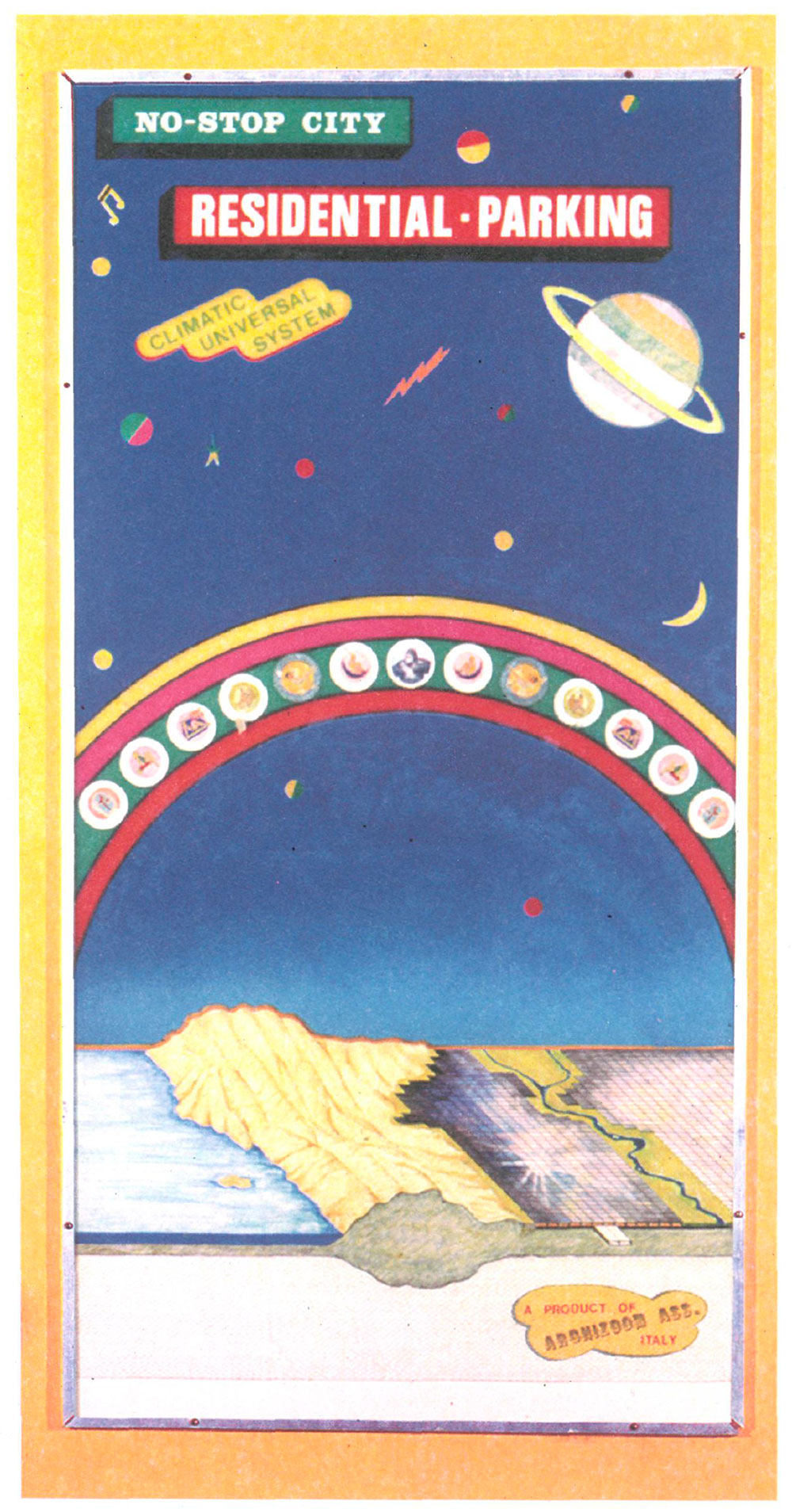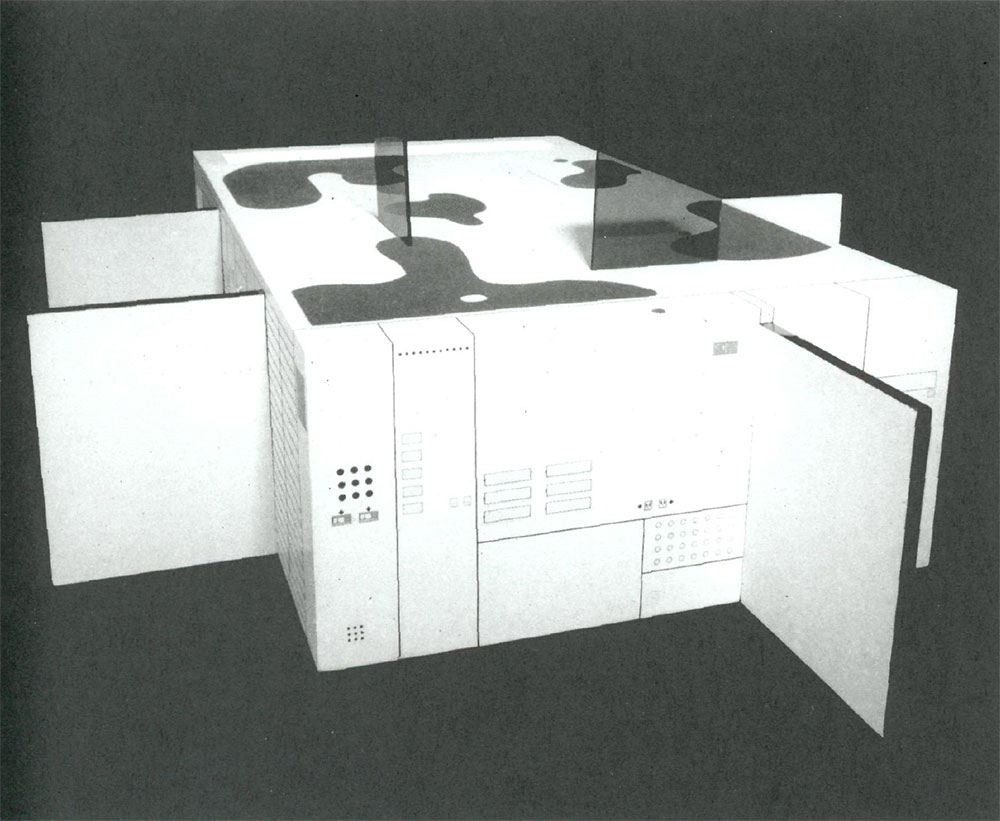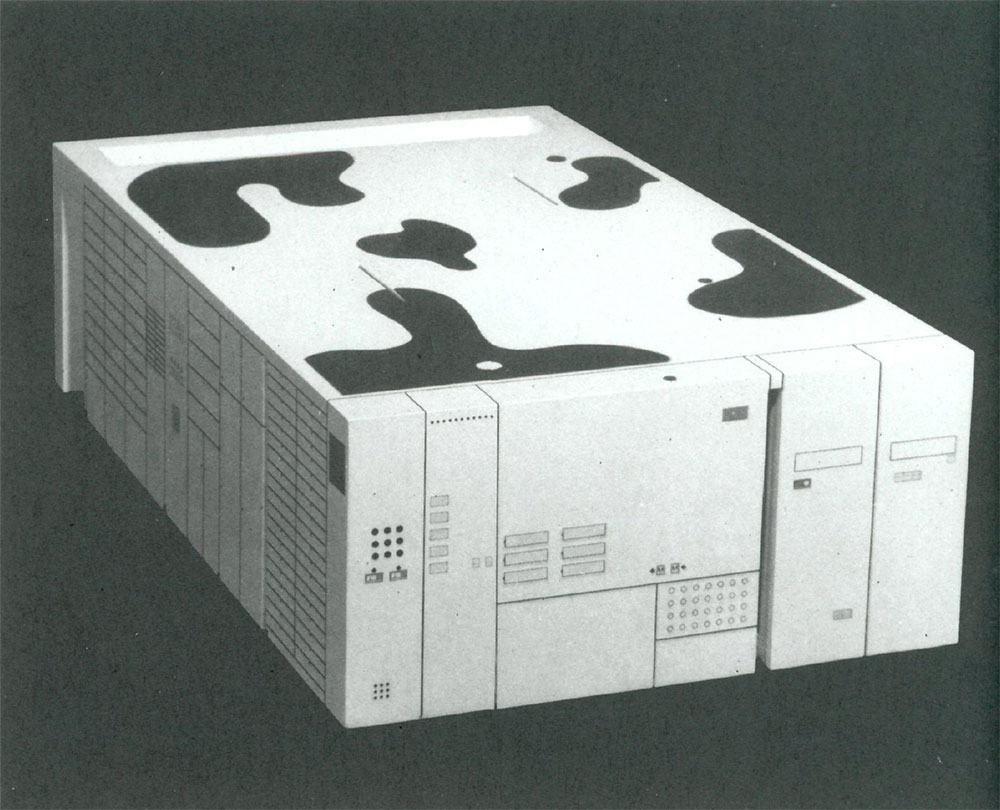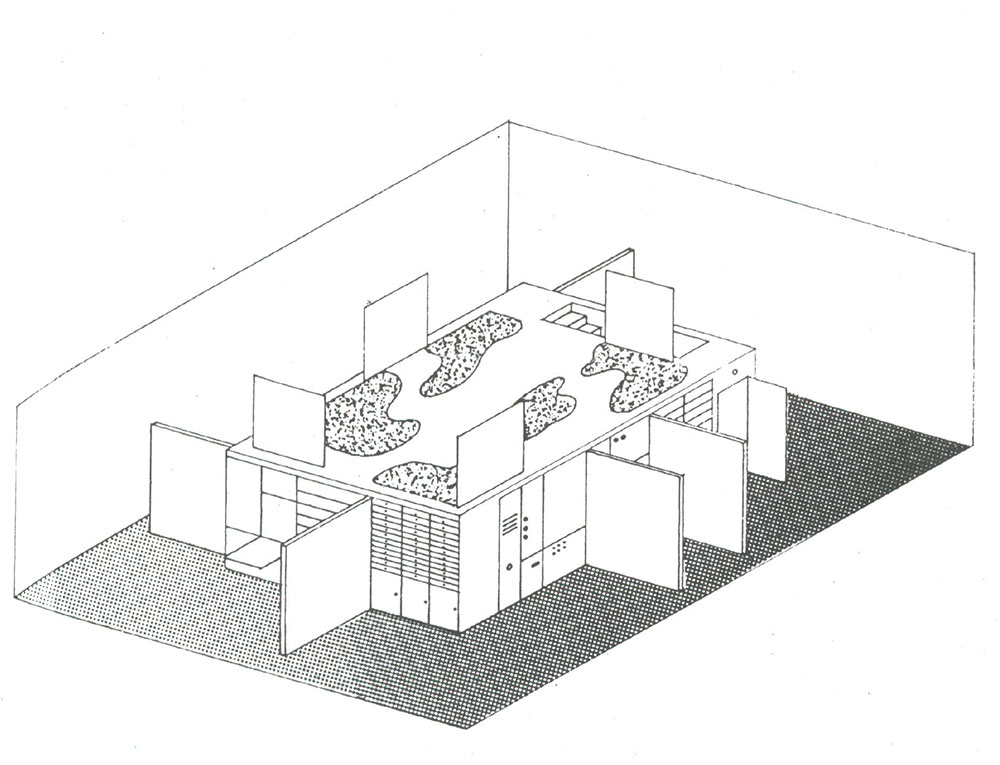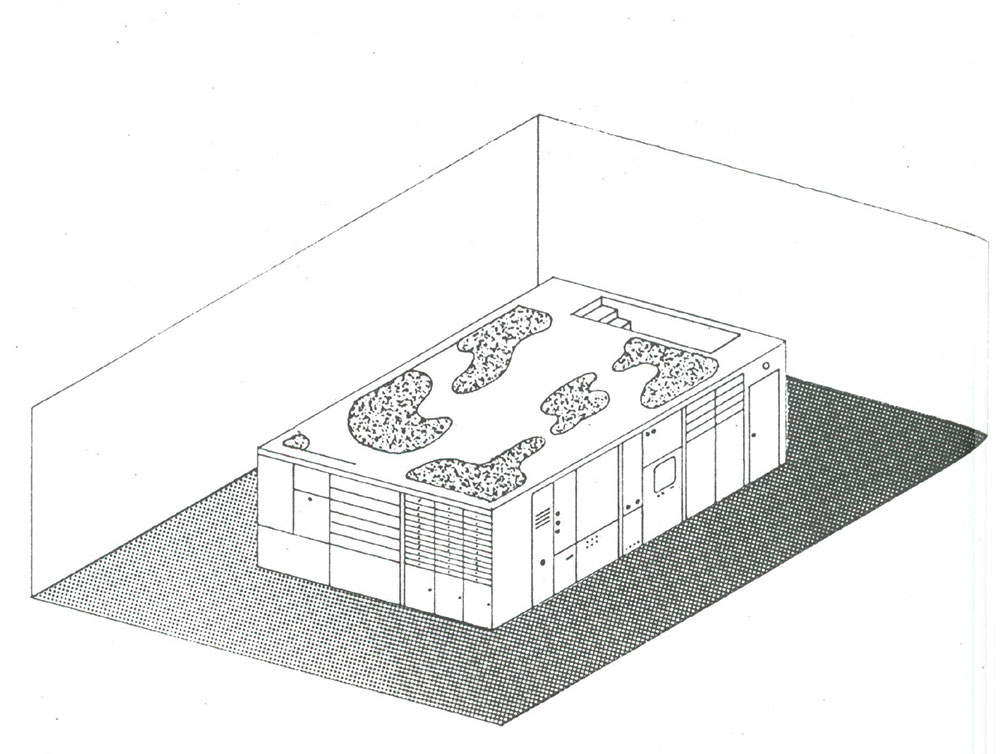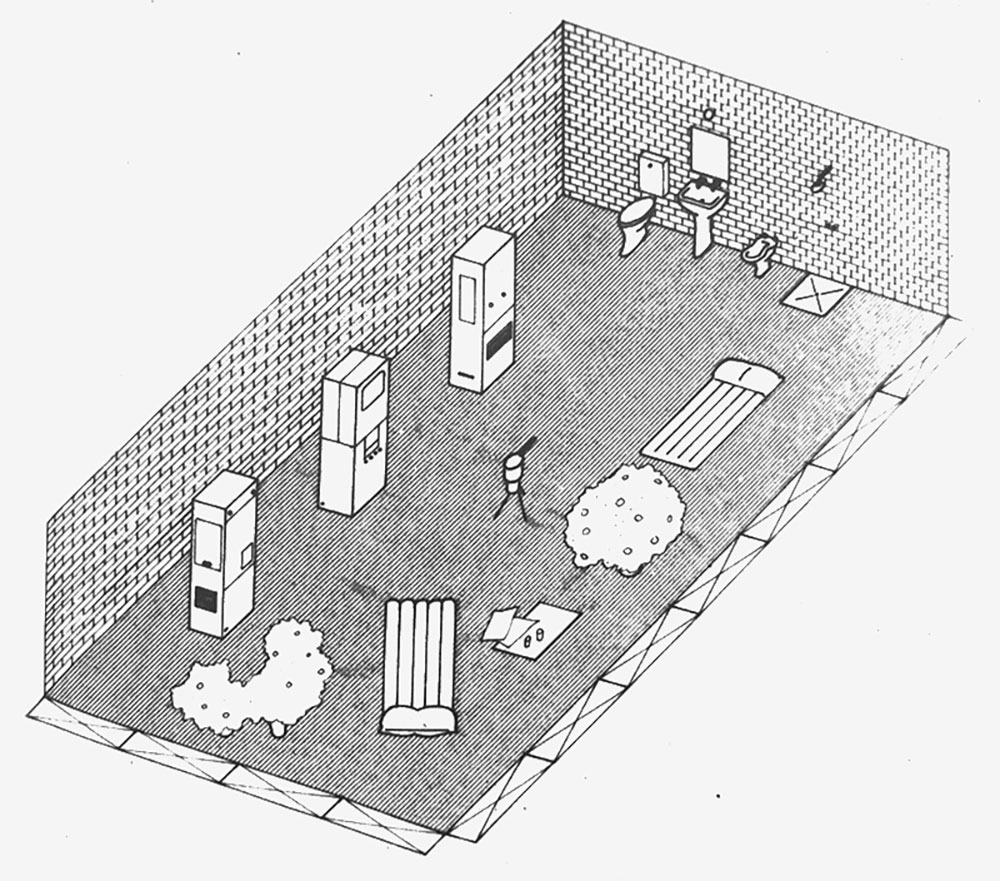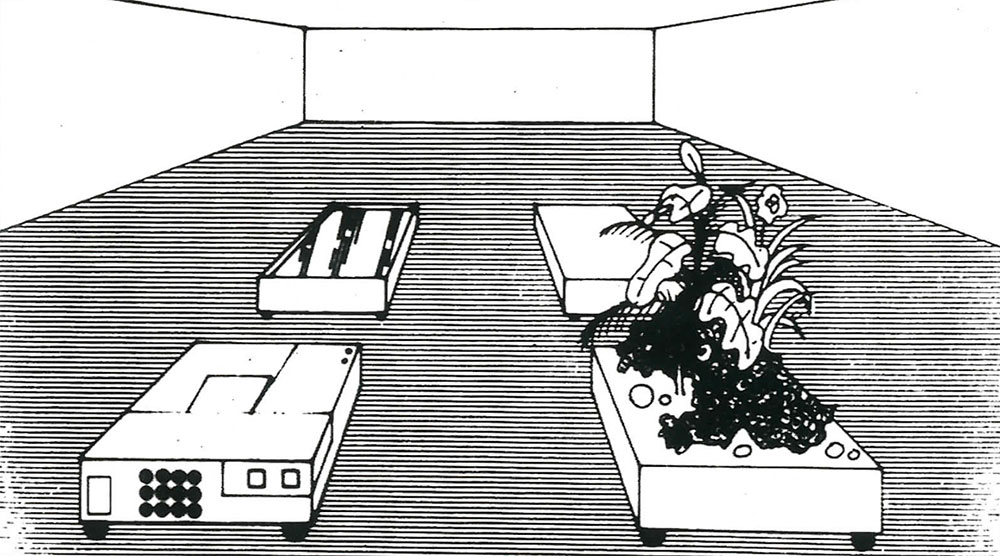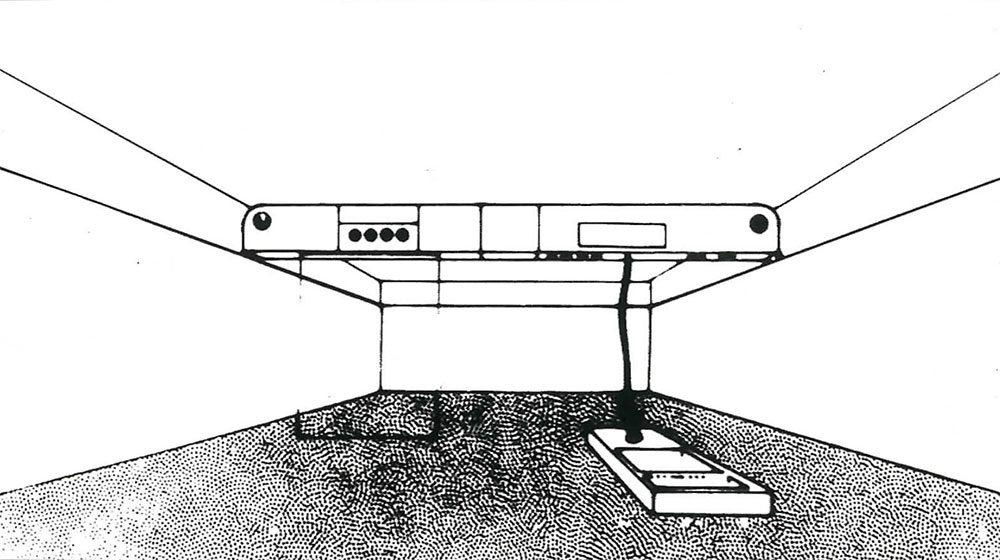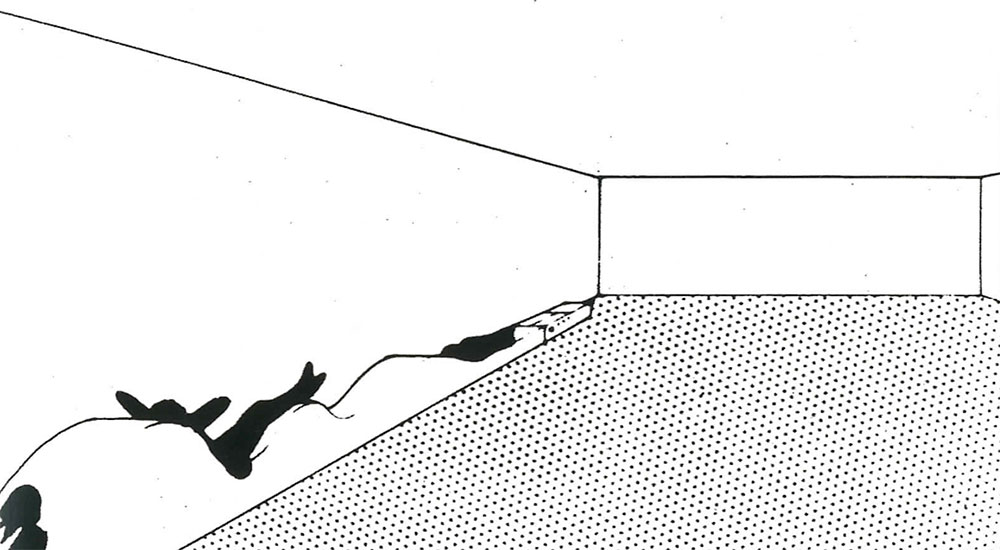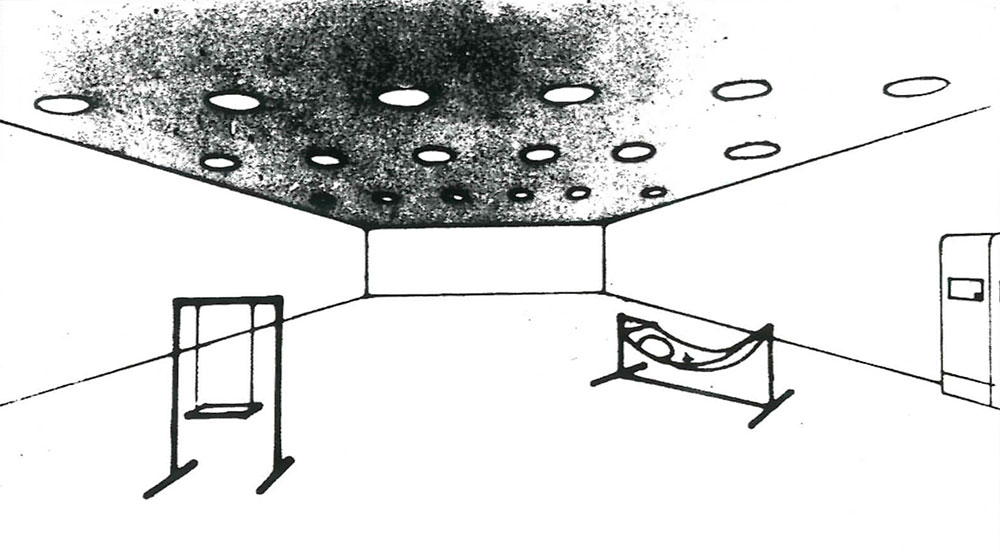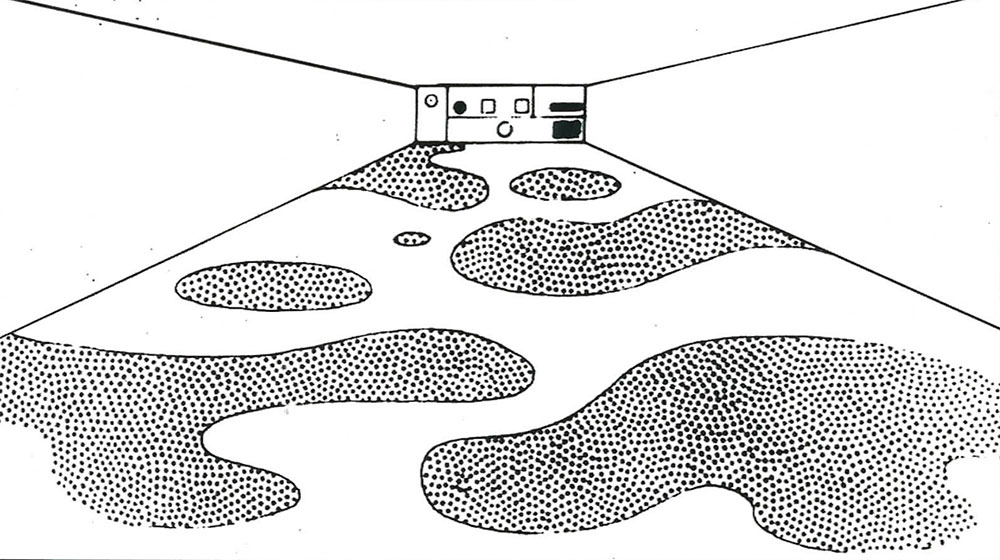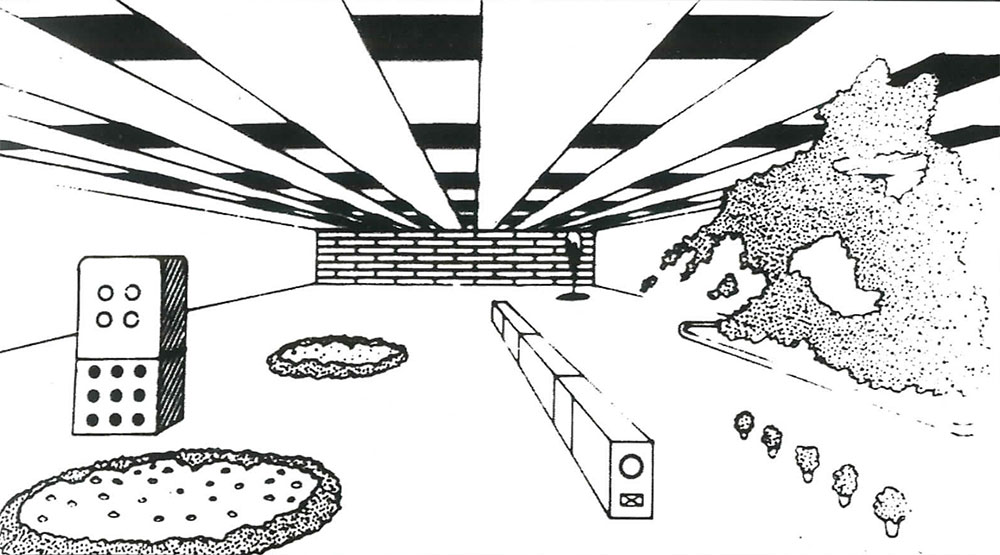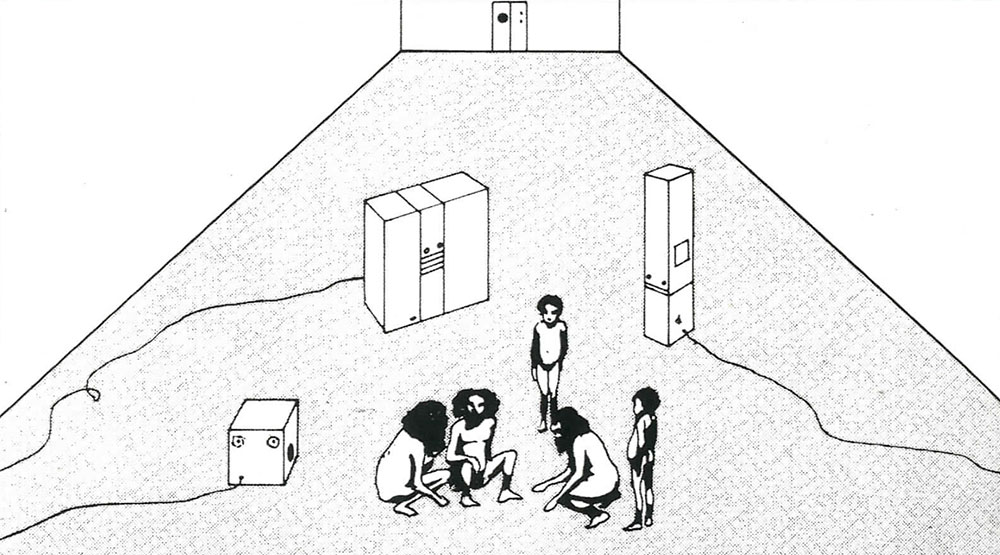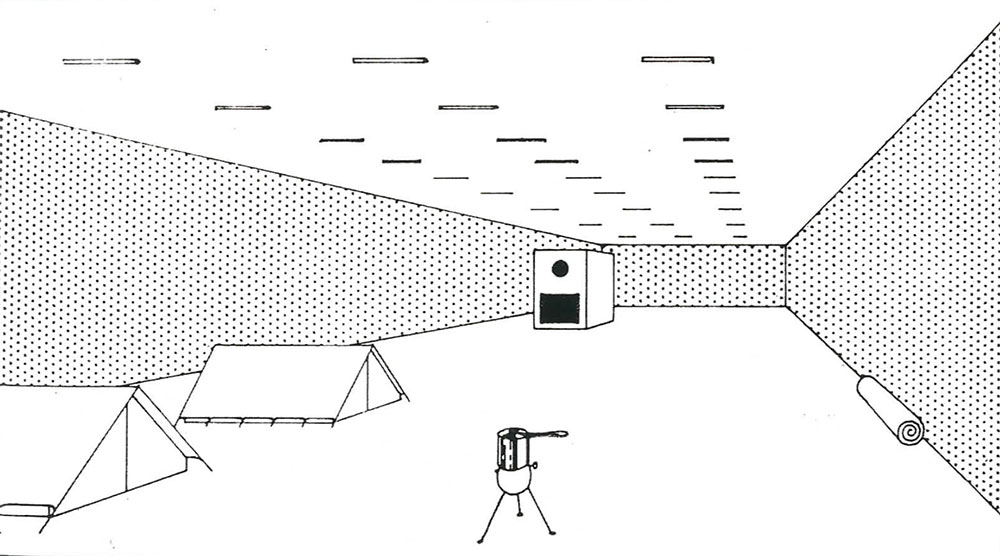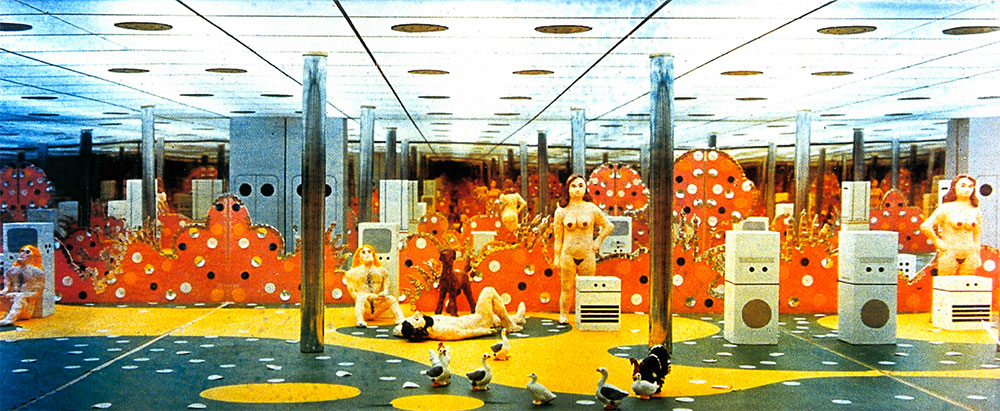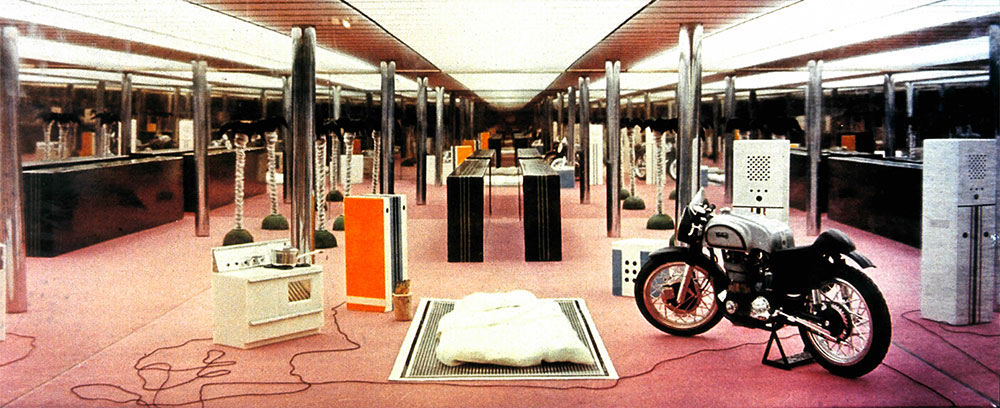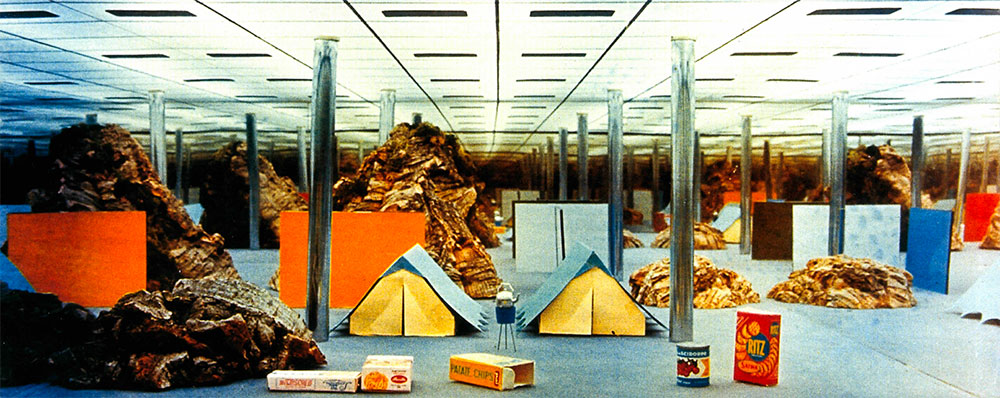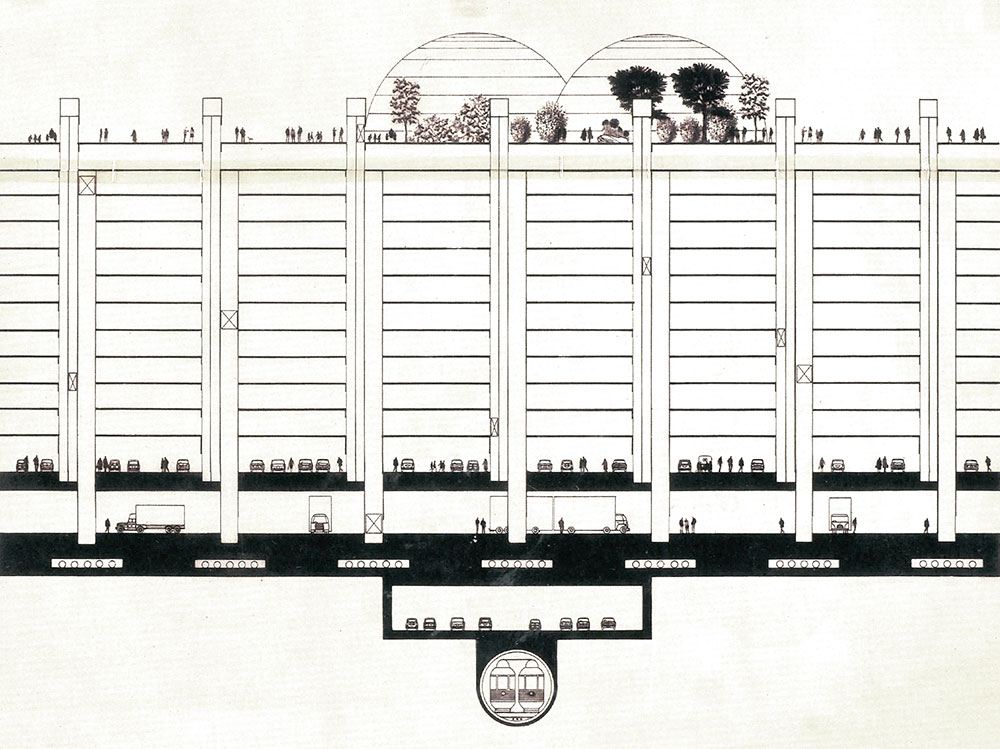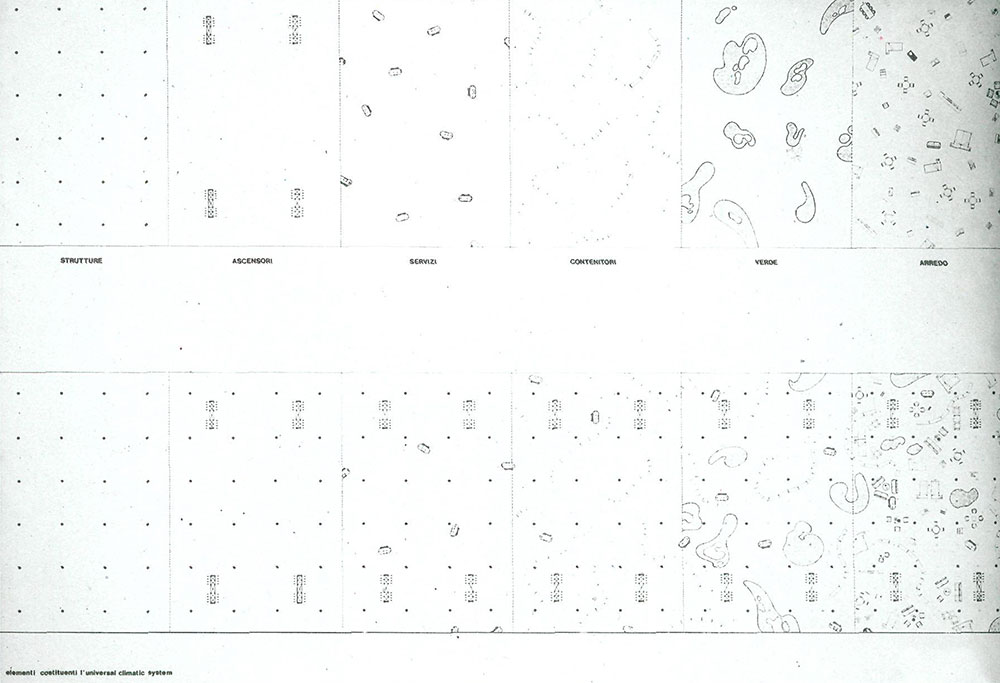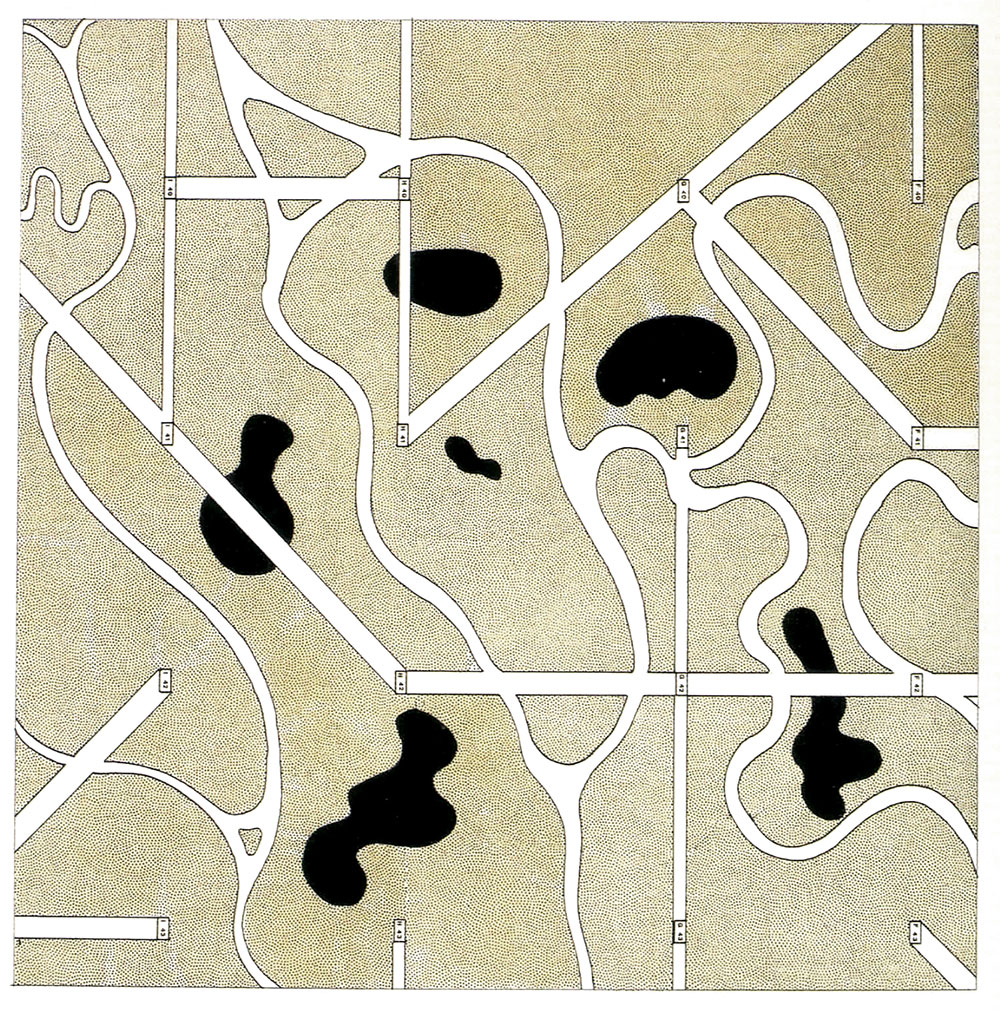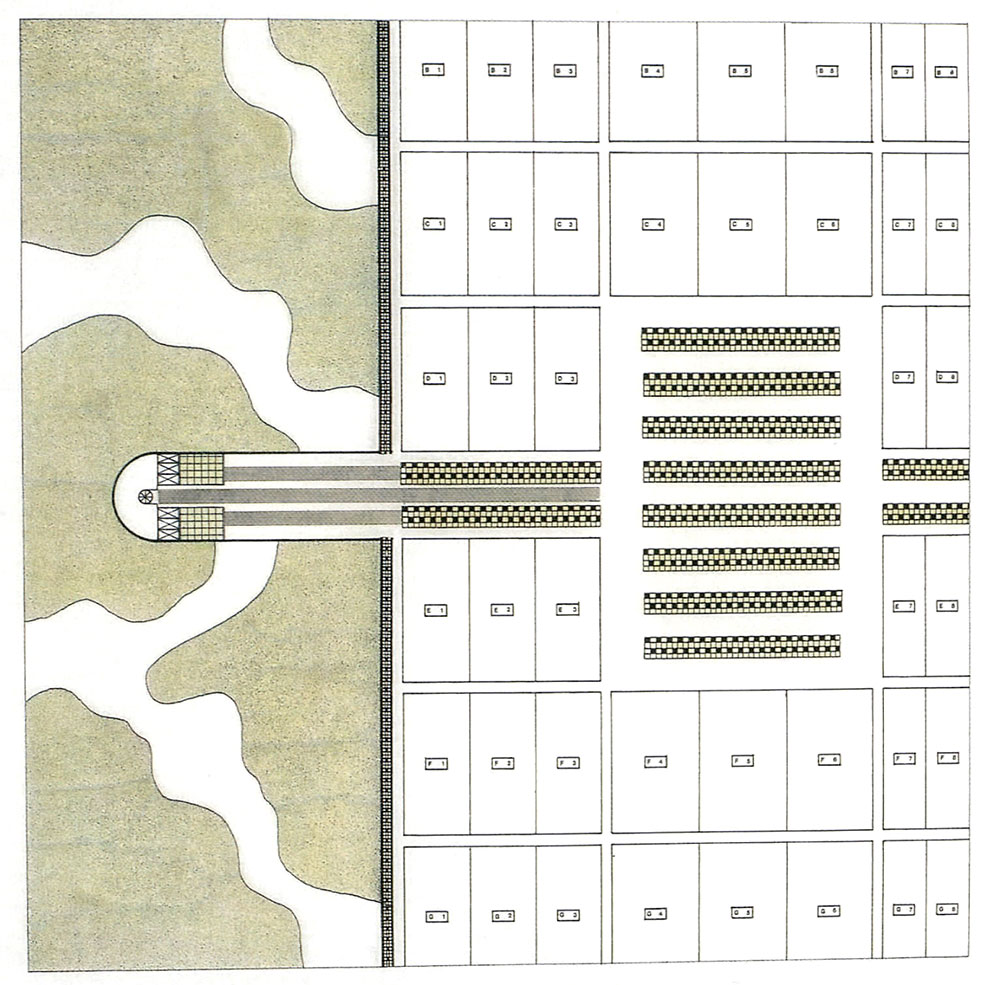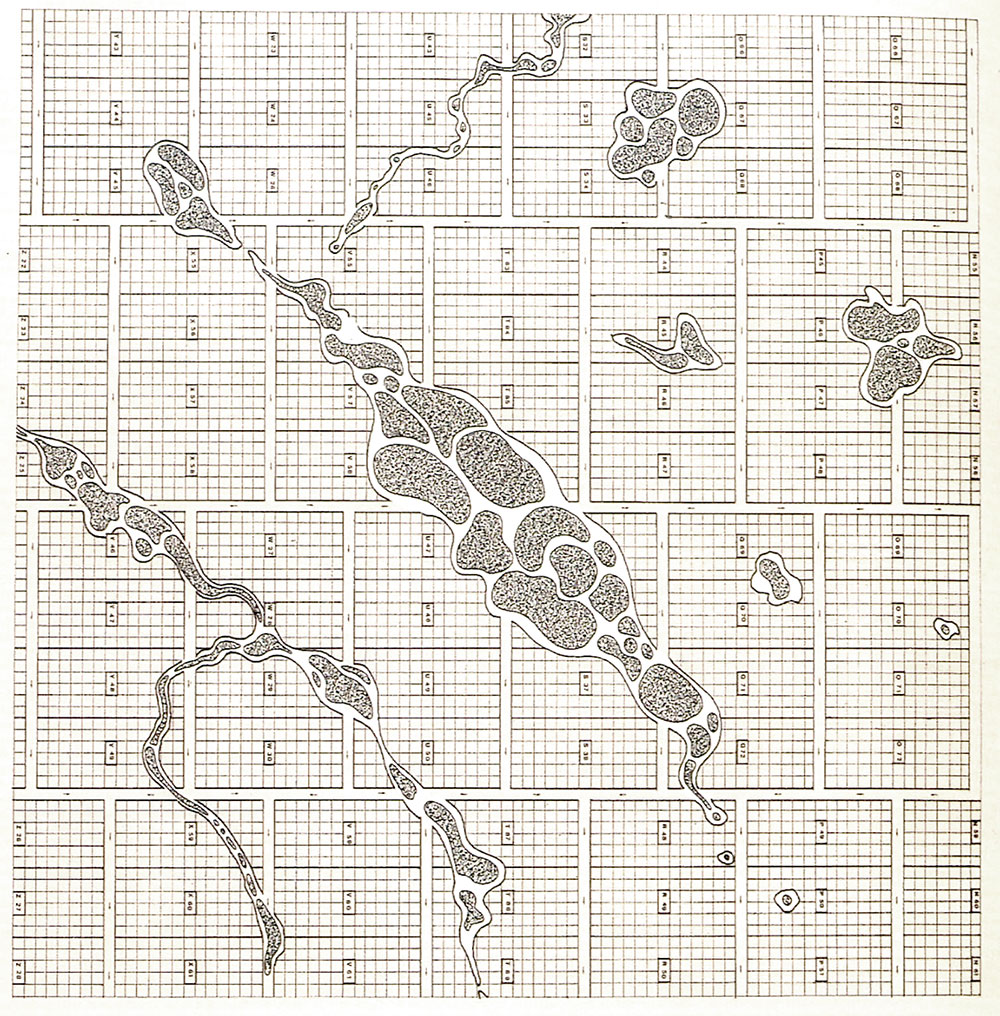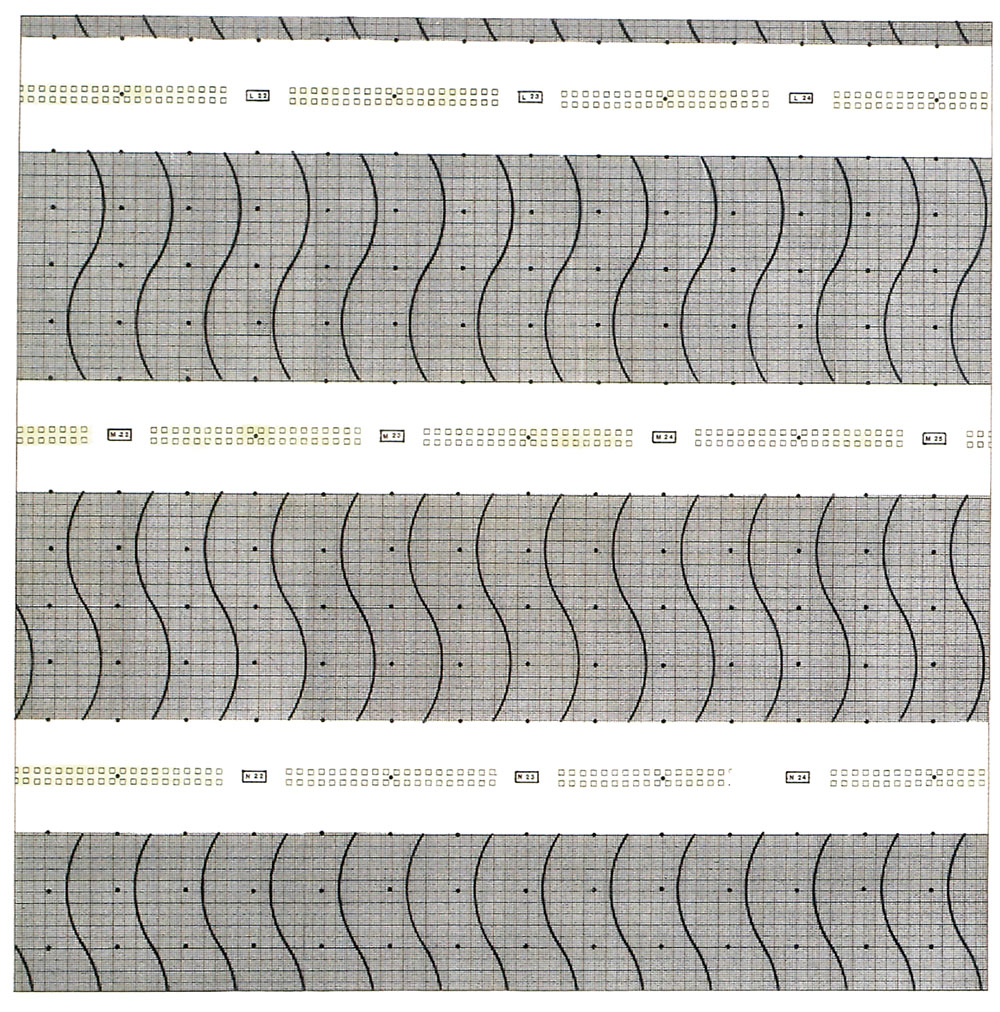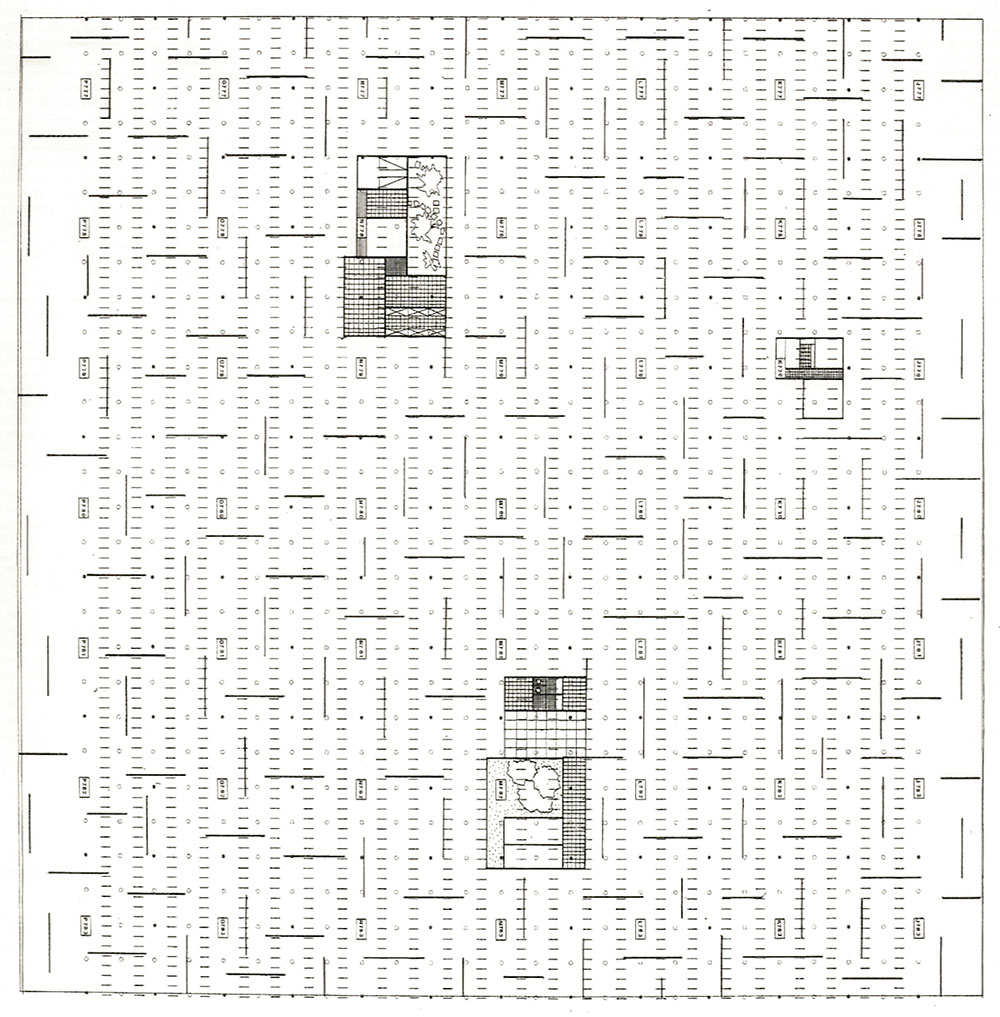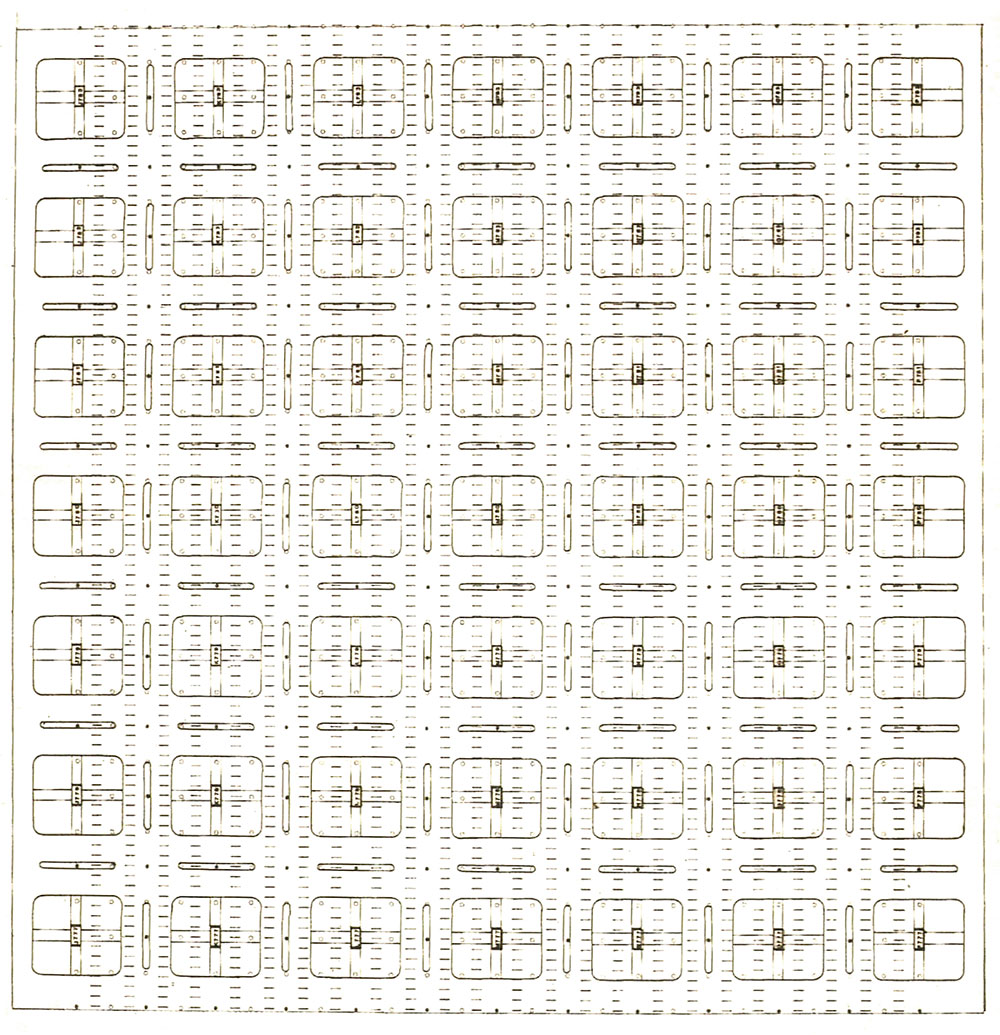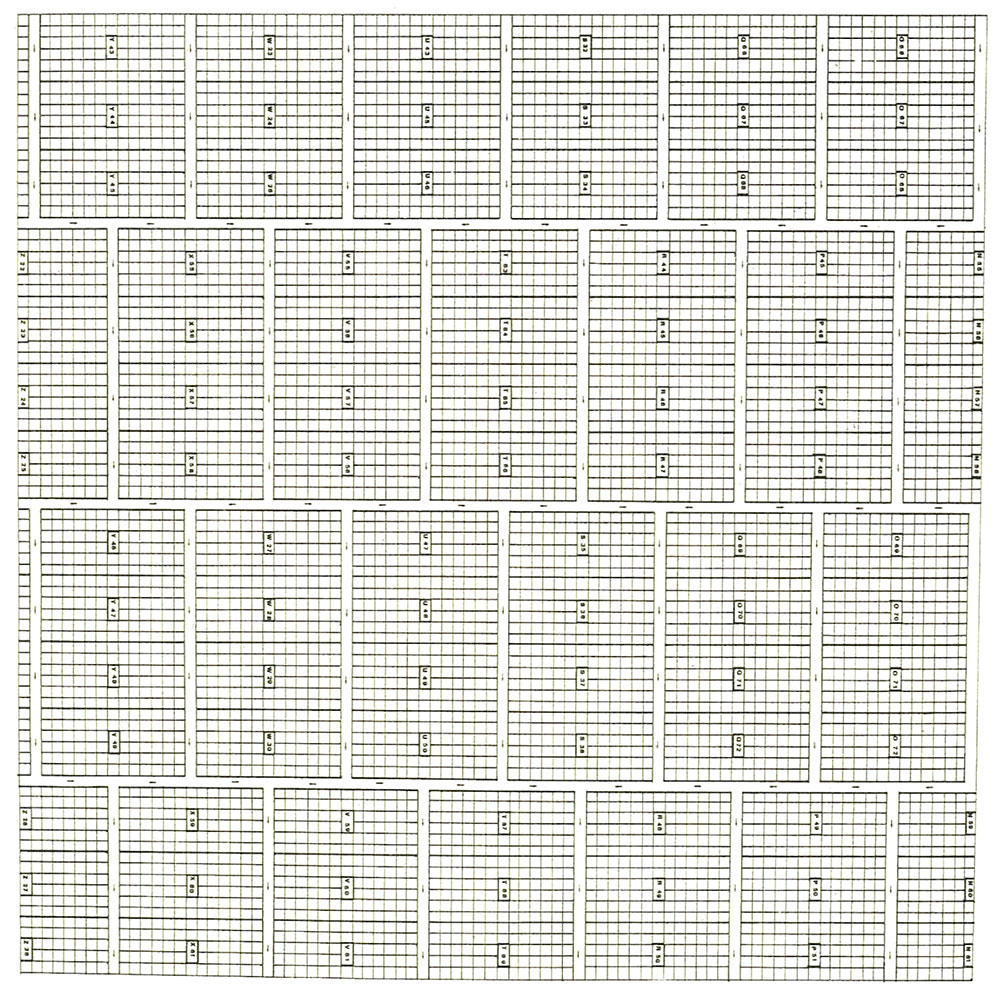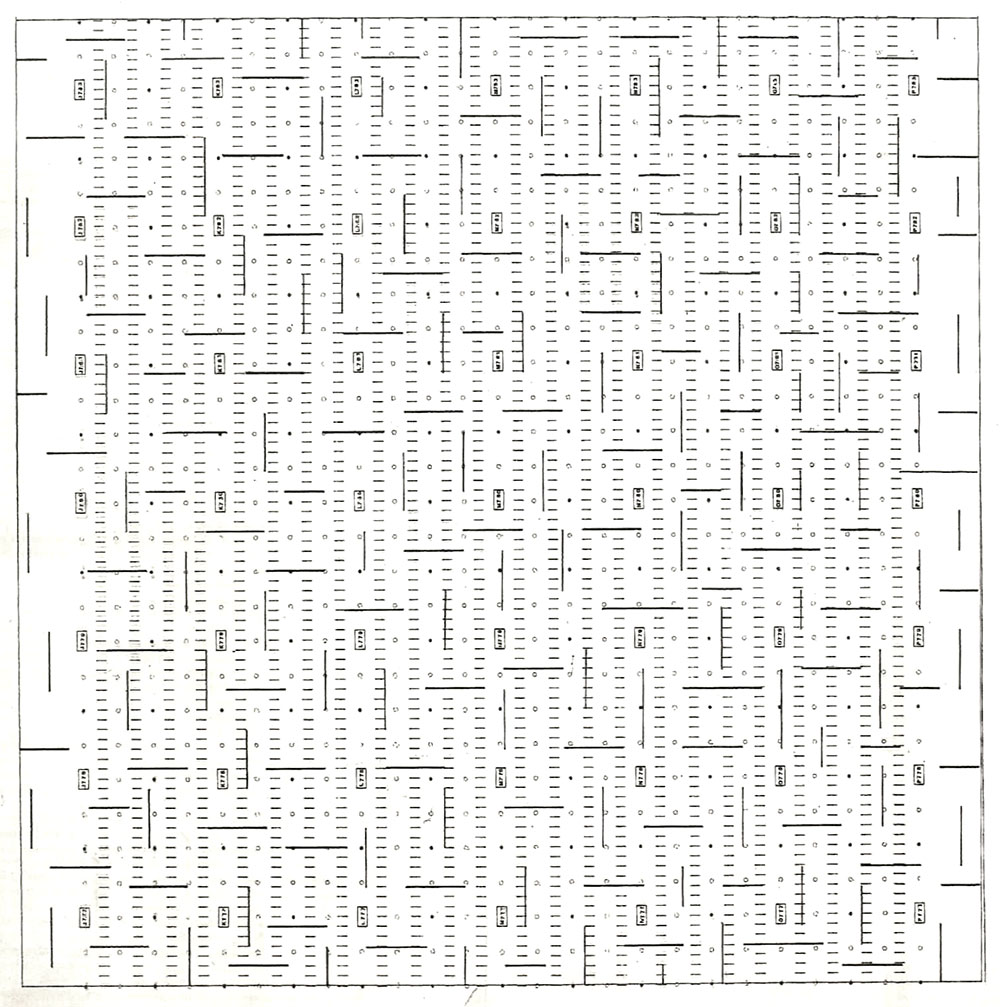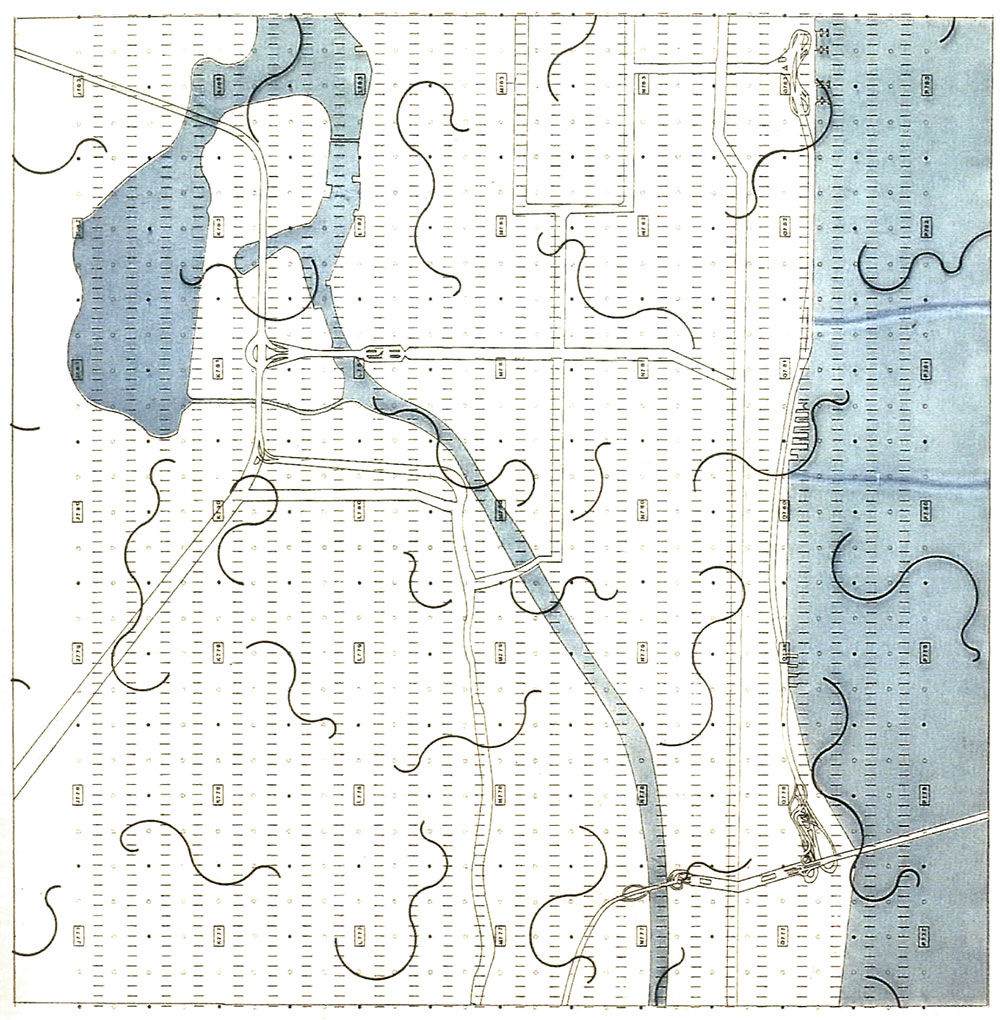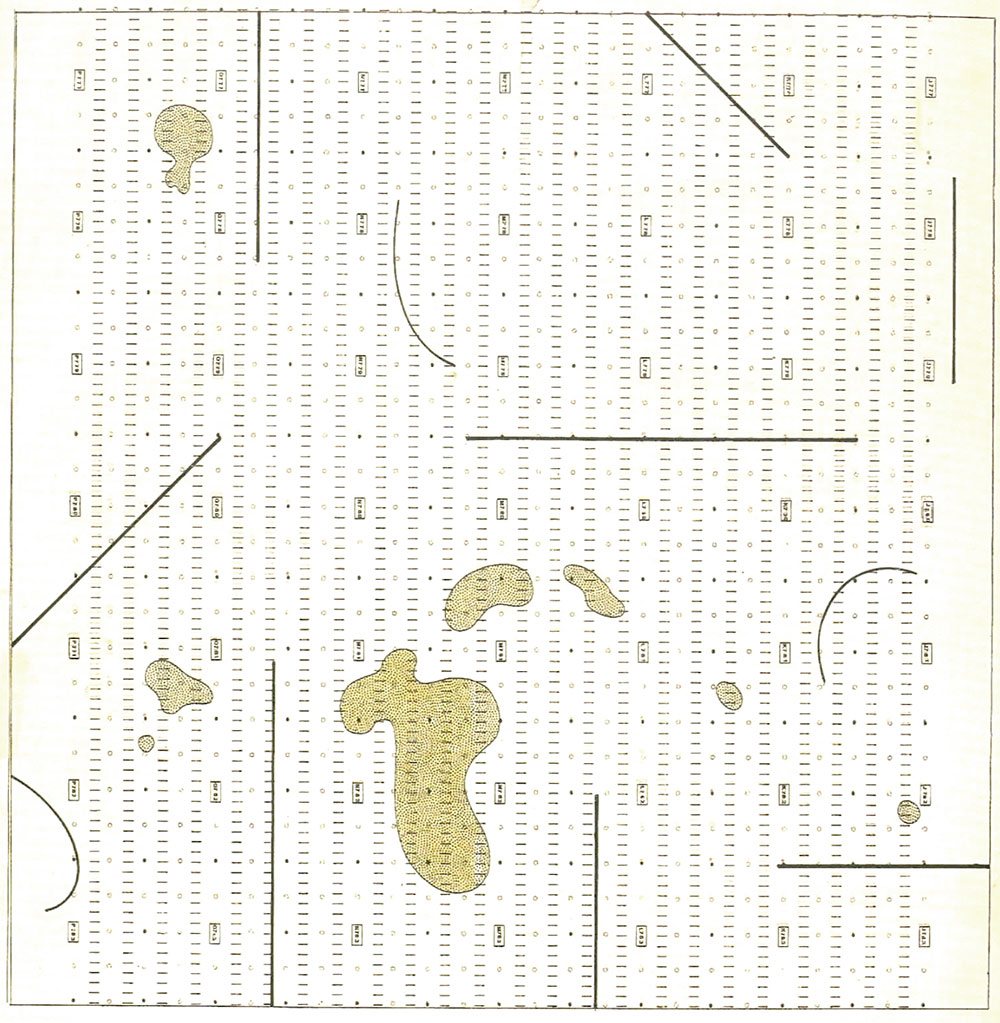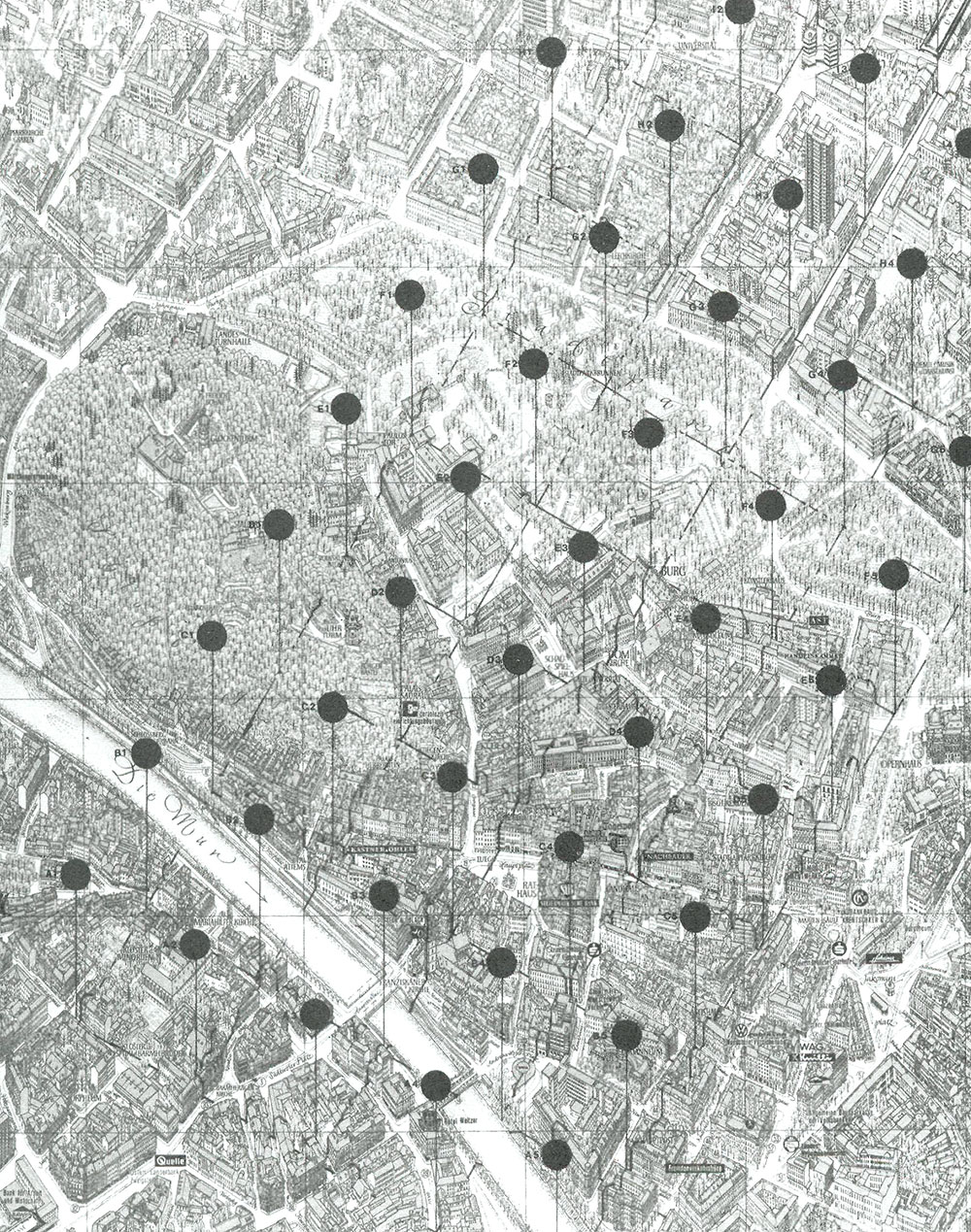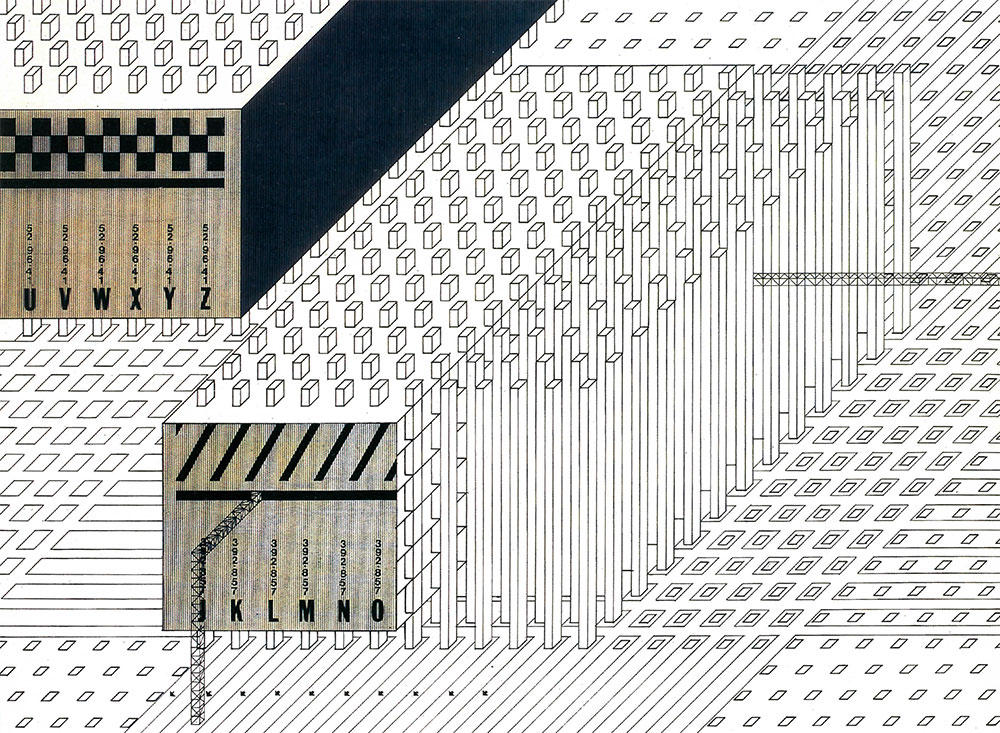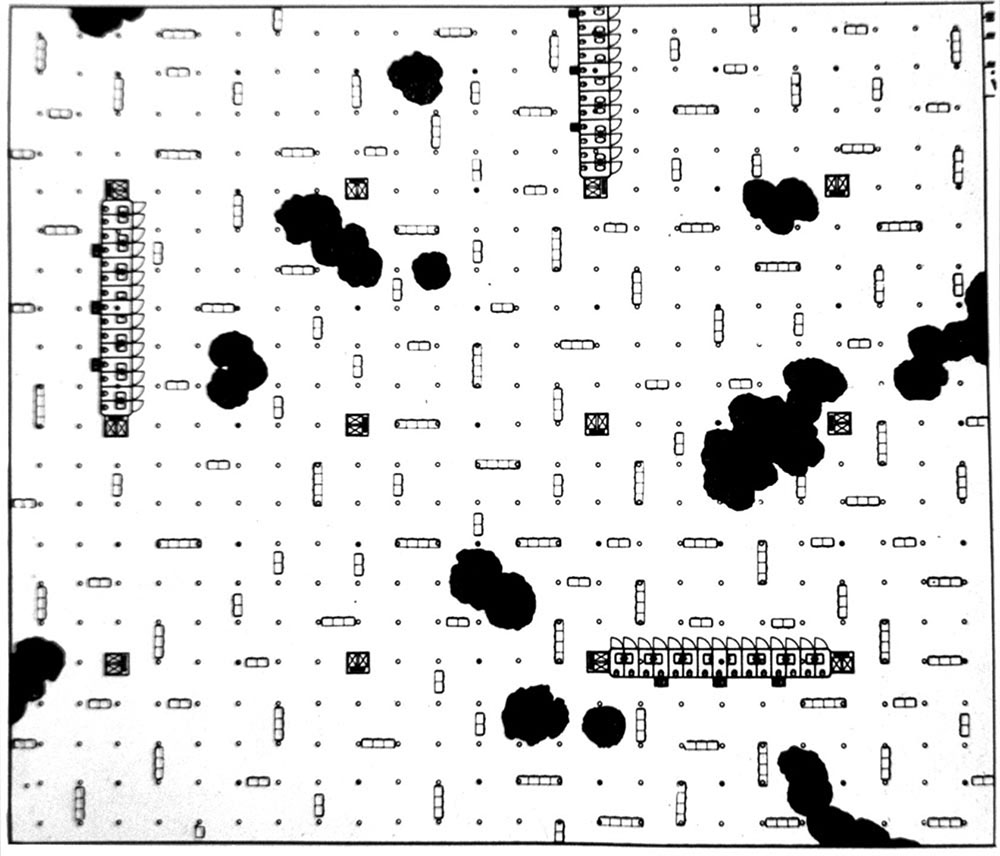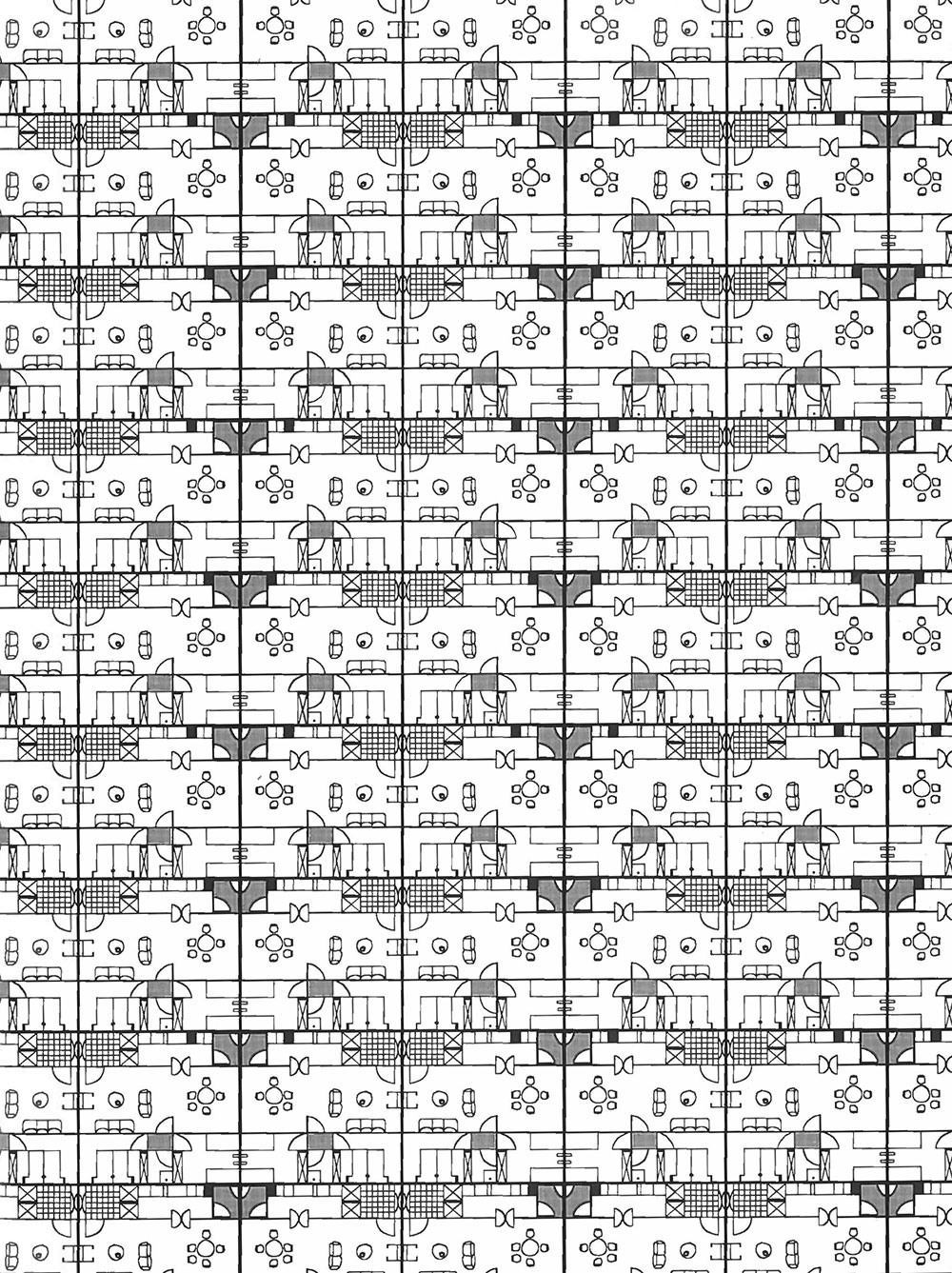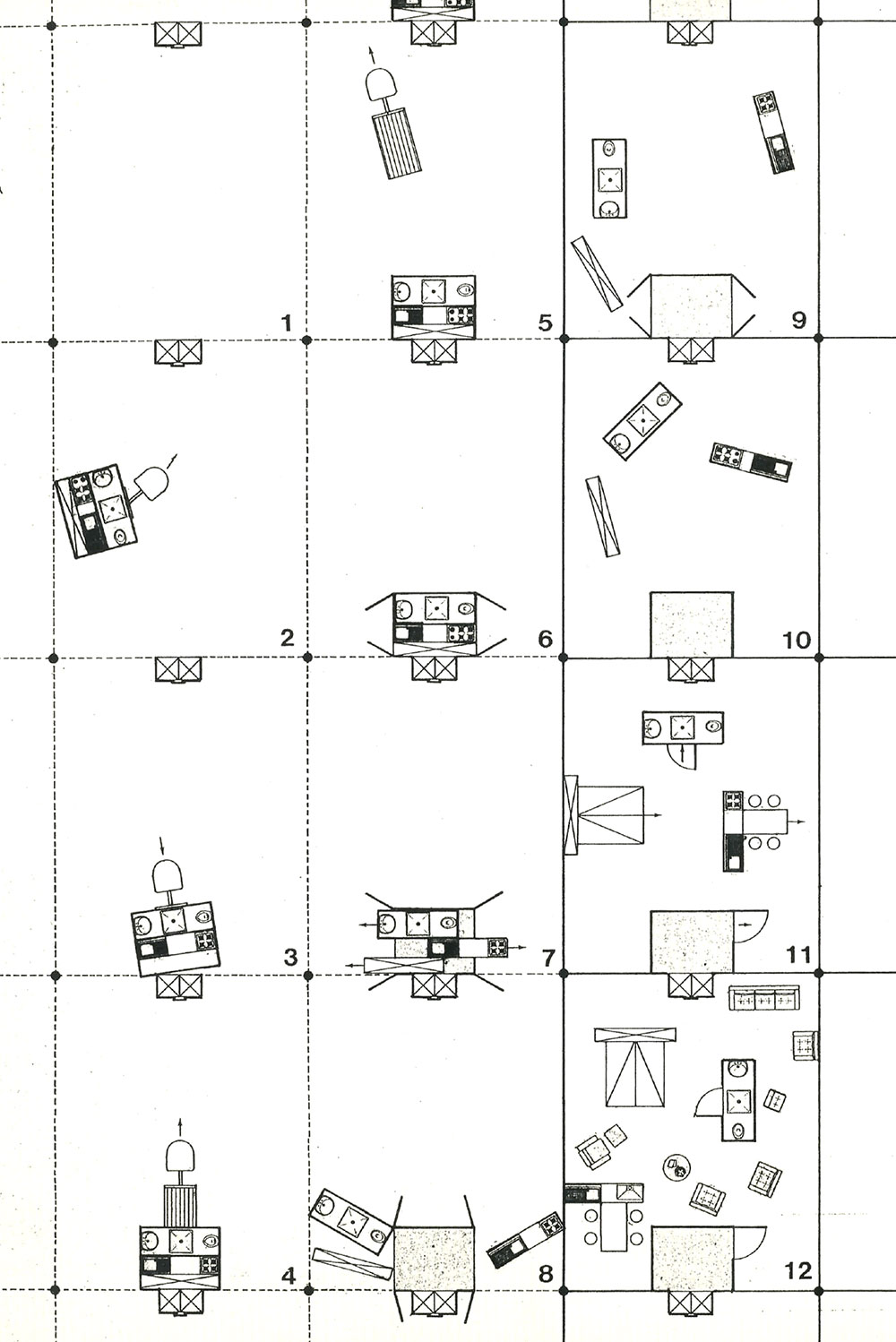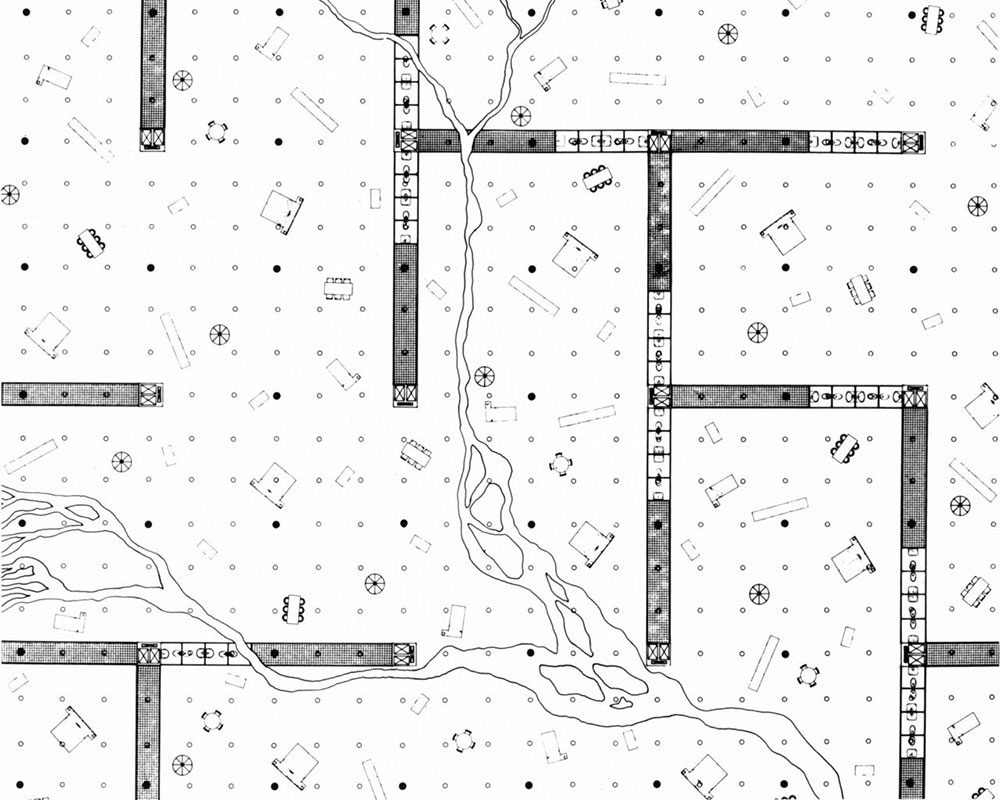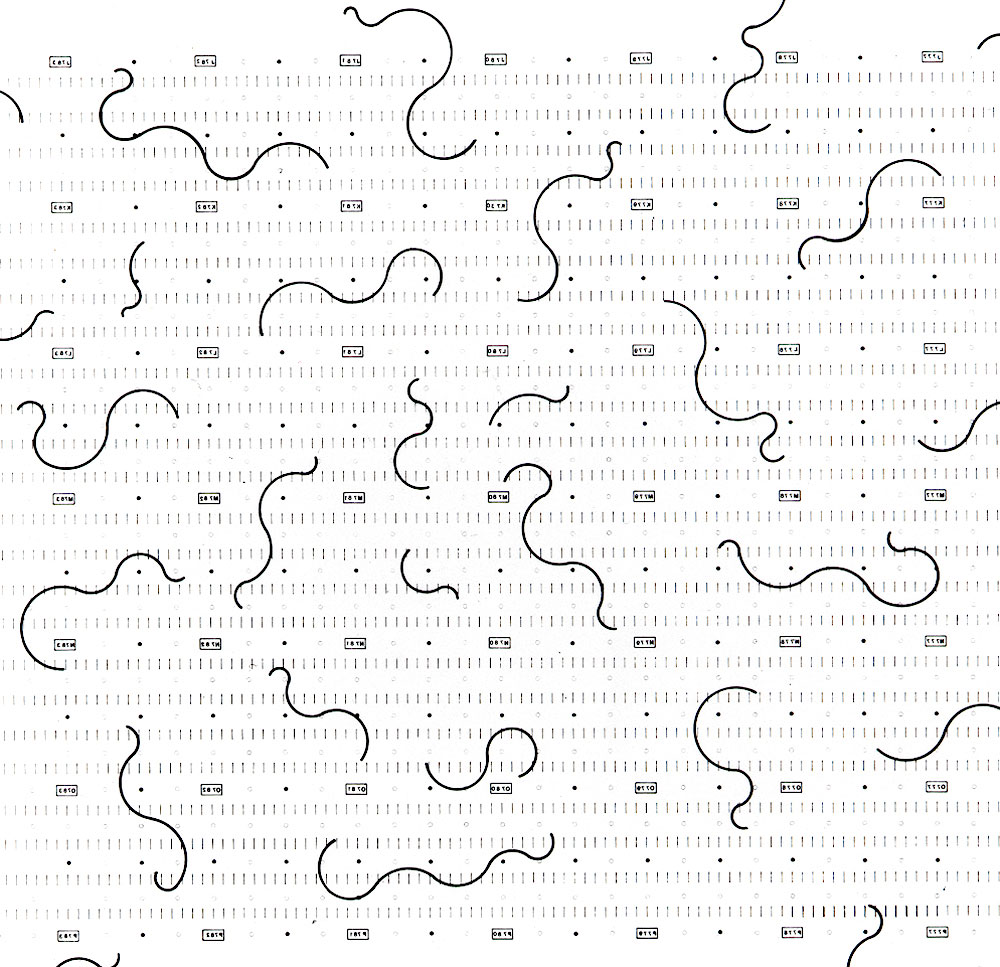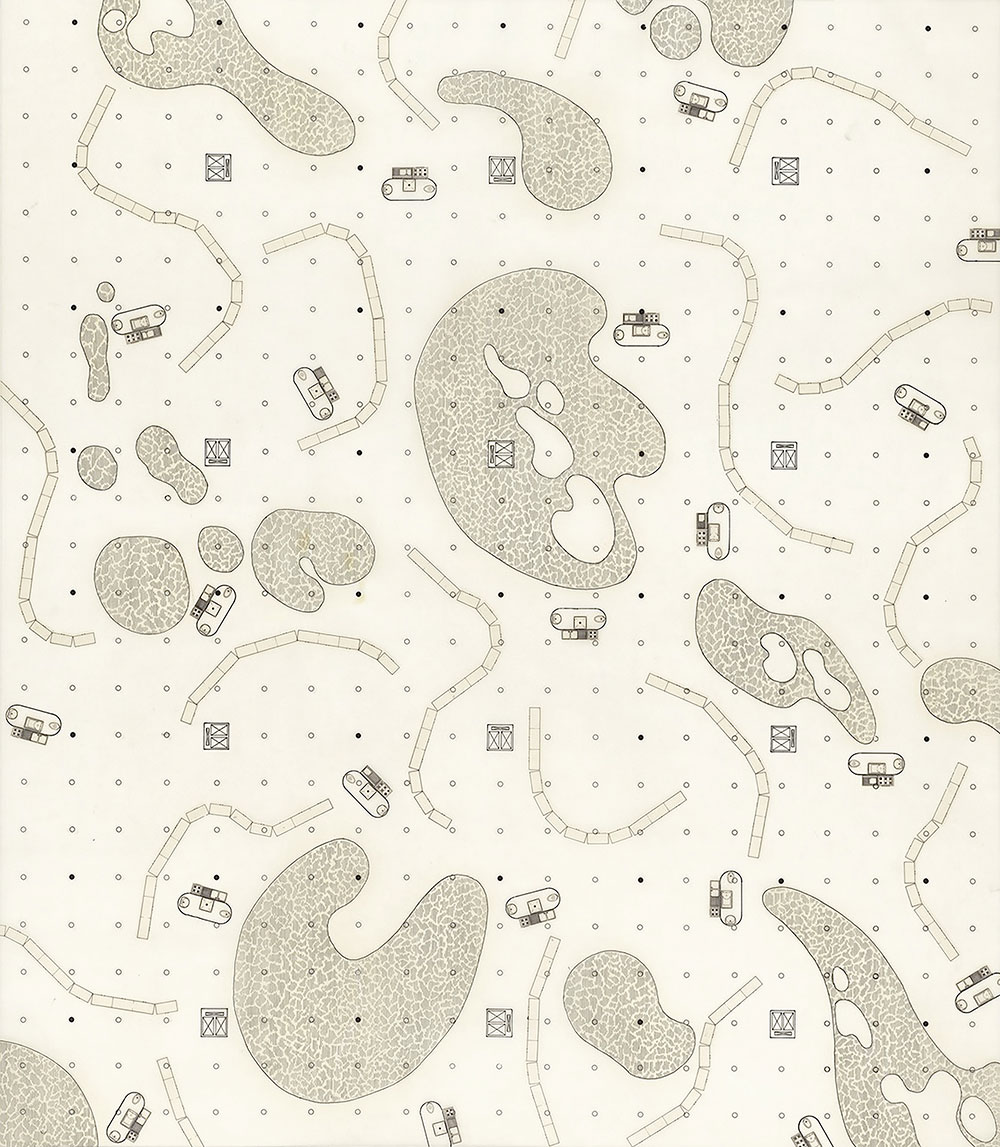No-Stop City proposed a totally de-dramatized vision of history, restored to its lay dimensions, and completely devoid of metaphysics. An extreme vision of industrial civilization as the producer of a decorative-repetitive and horizontal system, and one thus devoid of cathedrals. A system based on the repetition of signs, at once diffuse and fluid, within which architecture and nature, like so many exceptions and incidents, dissolved and disappeared into the amniotic space of metropolises.
The metropolis was envisioned as a vast interior: a single space, climate-controlled and artificially lit like a huge factory or department store, organisms completely in tune with the standardizing logic of the market, impassive containers within which the possibilities are endless.
This introverted space, this hybrid, yet generic, and totally immoral metropolis, constituted a sort of “second Nature”, a hightech Amazon basin, within which functional zoning is conflated only then to be dissolved, and all the received ideas concerning lighting and the natural parcelling of plots evaporated, as did the archetypal constraints which prevent a city from outgrowing a time-worn organic form –that couples together technology and Nature–. The idea of No-Stop City was to free the urban fabric from architecture, so that technology and Nature were not to harmonize, but be fused together – a city without architecture, precisely because it is freed from the need to play the role of mediator between inside and out, between technology and nature that architecture had hitherto granted.
→ Andrea Branzi, No-Stop City: Archizoom Associati, 2006
